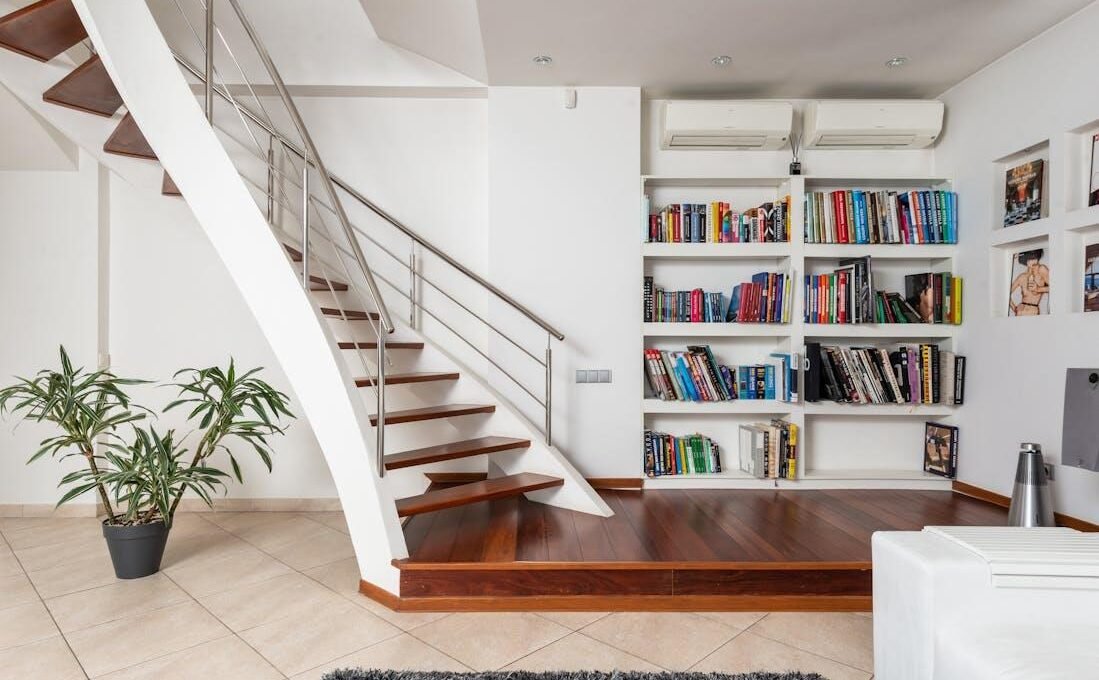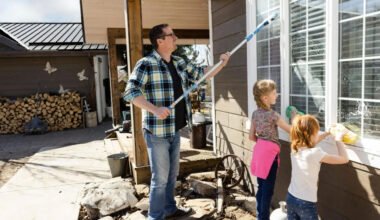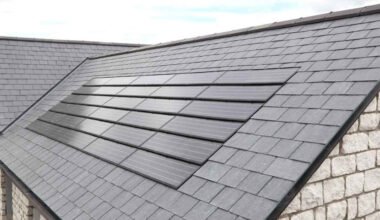Summer in Ennis, MT, often brings long days filled with sunshine and warmth. While that’s great for fishing trips and backyard barbecues, it also means homeowners are looking for ways to stay cool indoors without driving up their power bills.
Residents often deal with high energy costs during summer. If your home isn’t sealed well or your cooling system hasn’t been looked at in a while, you could end up spending more than needed. Luckily, getting your house ready for hot weather doesn’t have to involve a big budget or a complete remodel. A few adjustments, smart habits, and quick maintenance steps can go a long way in keeping things comfortable.
This guide shares simple, helpful tips you can use right now to get your home ready for the summer heat. These suggestions are great for anyone living in or around Ennis who wants relief from rising temperatures, without the headache of massive energy bills.
Schedule a Professional HVAC Inspection
The first step to a cooler, more affordable summer is making sure your cooling system is ready to handle the job. Many homeowners put off HVAC maintenance because everything seems to be working fine. But if your system is older, hasn’t been cleaned in a while, or is running longer than usual to cool your space, it’s time to get it checked.
In Ennis, seasonal weather can vary a lot. Some homes rely on older central air units or mini-split systems that haven’t had regular service in years. That’s where expert help matters. A professional can spot problems like clogged filters, dirty coils, or coolant issues before they lead to breakdowns—or a spike in your electricity bill.
If you haven’t already booked a seasonal check-up, it’s a good time to contact an experienced HVAC contractor in Ennis, MT, who can make sure everything’s running efficiently before temperatures rise further. A proper inspection can lead to better airflow, shorter run times, and a much cooler home without the extra cost. It also helps you avoid emergency repairs when parts fail during peak use.
When choosing a contractor, look for someone with local experience and strong reviews. A quick tune-up might include checking refrigerant levels, tightening loose components, and testing your thermostat settings. It’s a short visit that could make your entire summer more comfortable.
Seal Air Leaks Around Windows and Doors
Once your HVAC system is tuned, you’ll want to keep that cool air where it belongs—inside. Air leaks around windows, doors, and even attic spaces can let warm air creep in while cooled air leaks out. That makes your system work harder and adds unnecessary strain.
Start with the easy stuff. Check for gaps around windows and doors using your hand or a small candle flame to detect drafts. A bit of weather stripping or caulk can block leaks quickly and affordably. For older homes, consider using door sweeps or draft stoppers at the base of exterior doors. This minor fix can reduce wasted energy and keep indoor temperatures more stable.
Use Ceiling Fans the Right Way
Ceiling fans are one of the most overlooked tools when it comes to staying cool during the summer. Many people leave them running without realizing that the direction they spin makes a difference. During the summer, ceiling fans need to rotate in a counterclockwise direction. This pushes air downward and creates a breeze that makes the room feel cooler.
Before turning your fan on for the season, take a minute to check the direction. There’s usually a switch on the fan’s base that controls the spin. Using fans correctly lets you raise your thermostat a few degrees without feeling warmer. That means less work for your AC and lower energy bills.
Also, remember to turn off the fans when you leave the room. Fans cool people, not air. Keeping them running in empty rooms wastes electricity and won’t cool your home any faster.
Block Out the Heat with Curtains or Blinds
Windows bring in lots of natural light, but they also let in heat, especially during the hottest part of the day. If you’ve ever touched the glass on a sunny afternoon, you know how warm it can get. Covering those windows during peak sunlight hours can help lower indoor temperatures.
Blackout curtains, thermal blinds, or even simple light-blocking shades can make a big difference. South- and west-facing windows tend to bring in the most heat. Focus on those areas first. Keeping them covered in the afternoon can prevent rooms from overheating, which means your cooling system won’t have to work as hard.
If you like natural light, consider options that block heat but still let in some brightness, like light-colored reflective shades or dual-layer window coverings. These options give you balance without compromising comfort.
Avoid Using Heat-Producing Appliances During the Day
Another way to keep your home cooler is by changing when and how you use certain appliances. Ovens, stovetops, dishwashers, and dryers all create heat. Using them during the day, especially in the afternoon, raises the indoor temperature and adds extra pressure on your cooling system.
Try doing laundry early in the morning or later in the evening when the outside air is cooler. The same goes for cooking. If possible, prepare meals that don’t require the oven, or cook outside on a grill. Even switching to an air fryer or slow cooker can help reduce indoor heat buildup.
Also, consider switching out old incandescent light bulbs, which give off more heat than newer LED options. It’s a small change that adds up over time.
Upgrade to a Smart Thermostat
Smart thermostats are one of the easiest ways to cut energy use without giving up comfort. These devices learn your habits and adjust temperatures throughout the day to match your routine. For example, they can raise the temperature a few degrees when no one’s home, then cool things down before you return.
Many models connect to your phone, so you can make changes even when you’re not there. Some offer energy usage reports, which help you understand how your habits affect your bill. Installation is usually straightforward, but if you’re not confident doing it yourself, a local technician can help.
Besides saving money, smart thermostats also help your cooling system run more efficiently by avoiding constant cycling or extreme temperature swings.
Getting your home ready for summer doesn’t have to be a complicated process. A few smart steps can make a real difference in how your home feels and how much you spend each month.
Now is a good time to look around your space and see what changes make sense. Whether you live in a newer build or a home that’s been standing for decades, small improvements can go a long way toward a cooler, more comfortable season.



